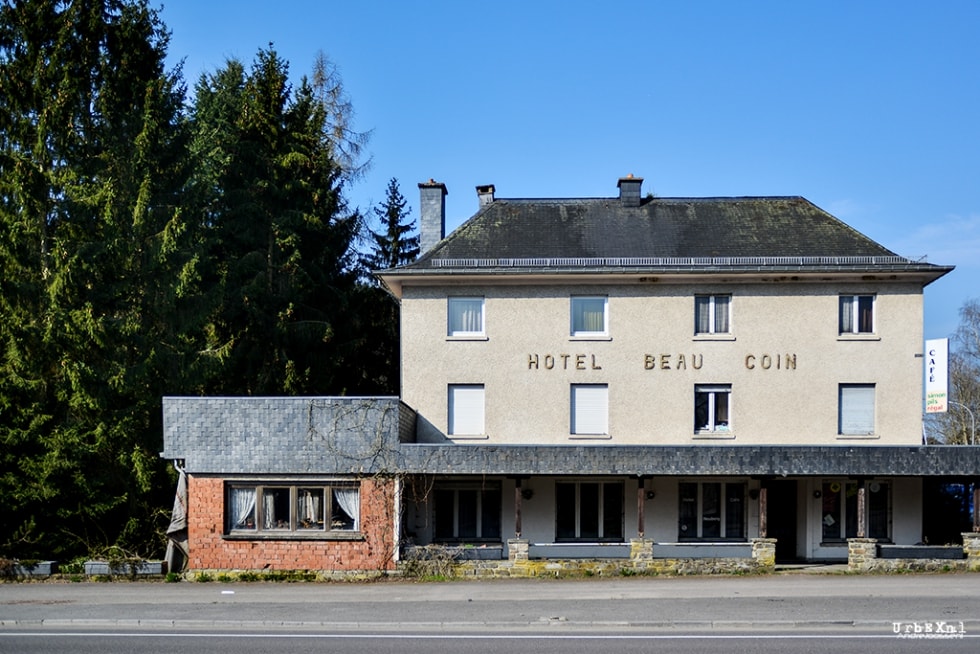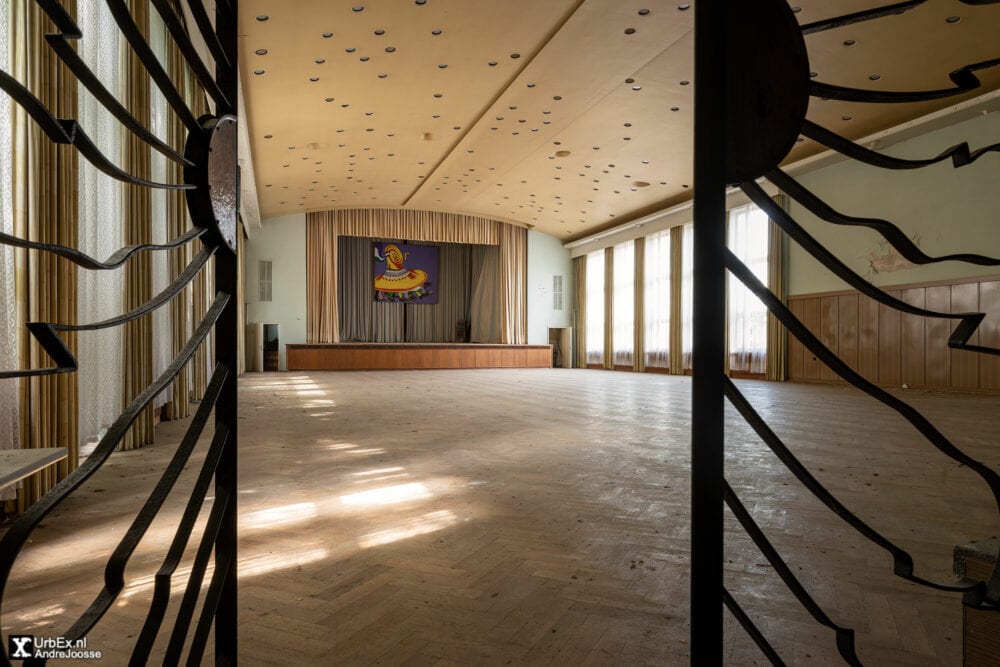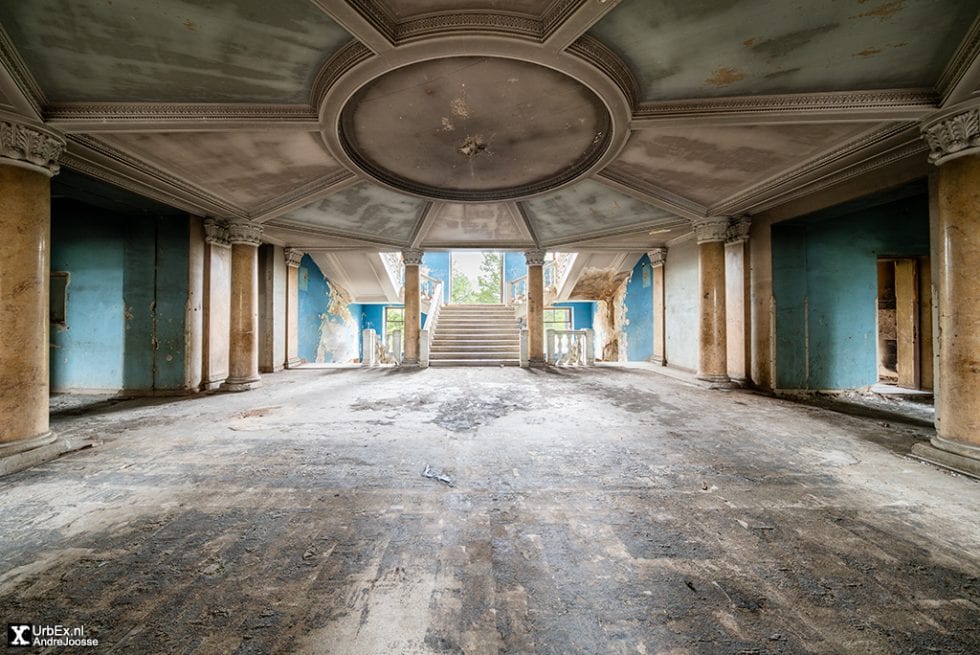Staatszirkus der DDR Winterquartier
The Staatszirkus der DDR existed from 1960 until 1990. It was a state-owned company with three circuses that travelled the country and abroad. It had a winter quarter built east of Berlin in 1963. These are the abandoned rehearsal ring and stables of the old Staatszirkus, once a place full of life and excitement, it is now quiet and forgotten.
Zirkus Busch was located in Meerane, and Zirkus Aeros in Leipzig. Both circuses, along with Zirkus Barlay, were active after the Second World War. Zirkus Barlay began its first post-war tour in Halle. In 1948, Barlay opened a permanent circus building on Friedrichstrasse in Berlin. After the owners of Zirkus Busch and Aeros passed away in the early 1950s, the city took over their circuses.
The partnership between the three circuses was established in 1960 as VEB Zentral-Circus. Zirkus Barlay and Zirkus Busch joined first, followed by Zirkus Aeros a year later. The circuses continued to perform under their original names. Only Zirkus Barlay changed its name to Olympia, and in 1968, it was renamed Berolina.
Winterquartier
The winter quarters were an independent part of the circus company. Around 50 employees worked here year-round, working on long-term repairs and special new projects. During the winter, the quarters became home to the three circus companies. It was a place where technical equipment and vehicles were repaired, and animal trainers and performers could rehearse new acts for the show.
Construction of the modern winter quarters began in 1963 near Berlin. It was the largest and most advanced in Europe, covering over 11 hectares. Built between 1962 and 1965 by VEB Bau Straußberg, it cost around 3.5 million DM.
It included housing units, a canteen, stables, workshops, and offices for the circus administration. In 1965, the site expanded with more storage halls, workshops, and a covered arena. This arena, called the Barlay building, was made from salvaged parts of the original Barlay Circus in Friedrichstraße.
The Barlay building housed a rehearsal ring, control room, cloakrooms, and workshops. It was also used by the Staatliche Fachschule für Artistik and hosted small events like press conferences and TV productions. The stables accommodated up to 20 horses, a giraffe, an elephant, and other exotic animals.
Staatszirkus der DDR
In 1980, the VEB Zentral-Circus was renamed Staatszirkus der DDR. The circus toured countries like Russia, Czechoslovakia, and even West Germany.
After Germany’s reunification, the state circus was divided into separate companies: Aeros, Berolina, Busch, and Circ-Commerz, which managed the winter quarters. Circus Busch closed that same year. Circus Aeros had some success traveling in the USSR but faced serious financial problems. As a result, the companies merged again into the ‘Berliner Circus Union’.
Circuses Berolina and Busch combined to form Busch-Berolina. Circus Aeros partnered with the private Circus Olympia but was dissolved later that year. Eventually, Busch-Berolina was sold to a newly formed ‘Selekta Zirkus-Entertainment’ in Essen for one DM. However, these companies did not survive. Various new plans never came to life, and the final curtain fell in 1999 when the Berliner Circus Union was liquidated.
Walking through the old buildings, you can still feel the energy of the past. The large halls where animals were trained are now empty, but traces remain, old posters, faded paint, and rusty equipment. There are stables where the animals stayed, and you can imagine the sounds of lions, horses, and elephants filling the space.
Today, some circuses use the names of the original companies, but none are connected to the original Staatszirkus. I visited the winter quarters in 2022.





















